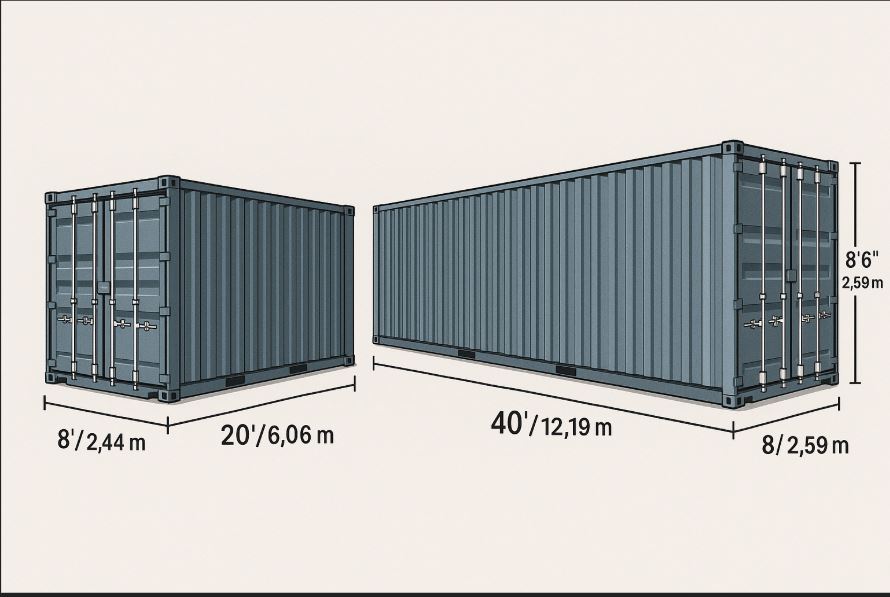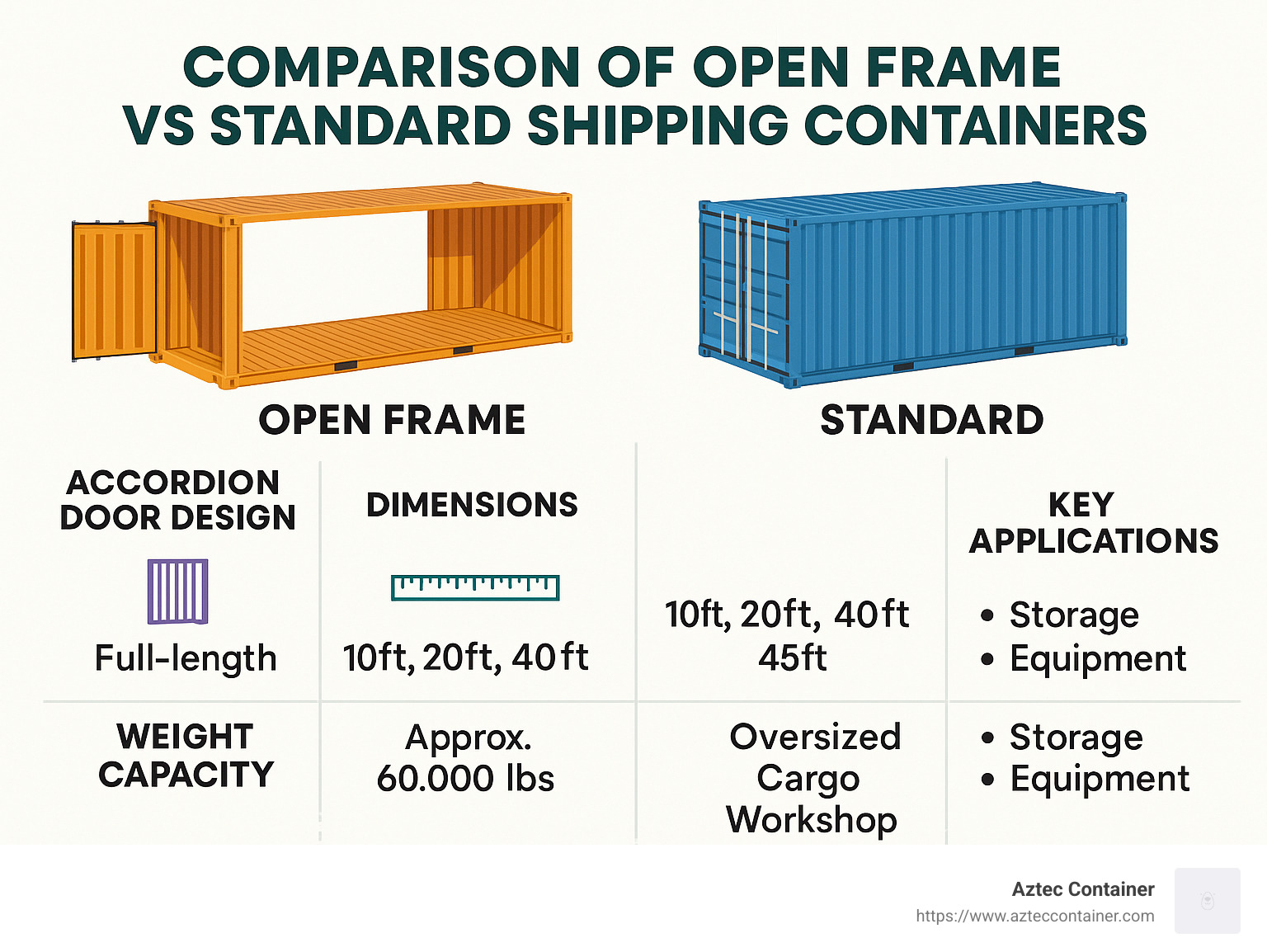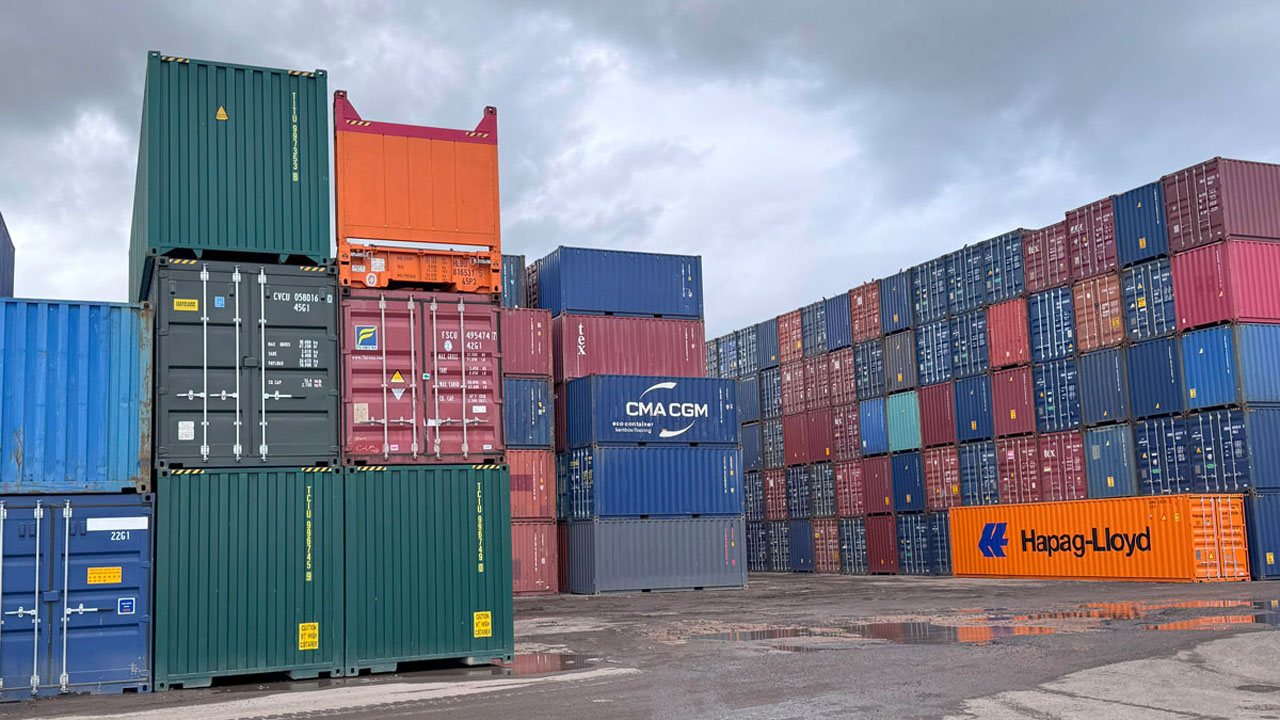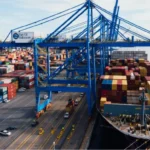Introduction
How will you ship the products from 89 China to Iraq? The most common dry and general goods that a man or woman needs to forward.
The vast majority of containers are the same size, and each container is meant for one type of goods.
The goal of this article is to discuss “20ft containers VS 40ft containers”. We have done enough for you after reading this article.
Shipping container size and type
Before talking about 20ft containers VS 40ft containers, it is better to make small talk about the size and type of containers.
So if you, a businessman and businesswoman, want to ship containers, you would need to arrange for a full container load, which in freight forwarders, it is FCL.
20ft, 40ft , and 40ft high cubes are the standard containers for freight forwarding.
You must take into account the cubic capacity of your merchandise, to select the most appropriate option.
All your goods would need to get note of this, in case it is cumbersome or something irregular or unusual, you should be in contact with your supplier or a freight forwarder so that you can provide the best option.
Why Size Matters: The Practicalities of Shipping Goods in 2023
When it comes to shipping goods, size does matter. The rise of global e-commerce in 2023 means that more businesses are now shipping products internationally than ever before. This means selecting the correct pot size is essential.
20ft containers are particularly well-suited for small and medium-sized businesses. They are somehow easier to fill to the top, thus minimizing the possibility of your items shifting inside during transportation and causing damage.
But for big businesses or those who work with a lot of small goods, they are better off using 40ft containers. You may train on data as late as the year 2023.
The size you want is based on what will keep your goods the most efficient and safe in transit combined with the needs of your specific business.

Choosing Between 20ft and 40ft Containers: A Detailed Comparison
There are a few main considerations that you should take into account when deciding whether to book a 20ft container or 40ft container, including the volume and weight of your goods, the cost of shipping , and the specific shipping route that you plan to take.
20ft containers are for smaller loads and have about half the volume and weight of 40ft containers. These containers are a more economical solution for lighter, less bulky goods, and their ease of handling and loading makes them, potentially, the preferred choice for many businesses.
However, 40ft containers can hold, heavier loads, making them perfect for businesses that require shipping large amounts of goods. While they do cost more to transport, they are usually more cost-effective for large-volume shipments as you are essentially receiving two times the volume for less than double the cost of a 20ft container.
Benefits of 20ft Containers: Advantages and Disadvantages
20ft containers are probably the most common industrial container choice and for good reason. Below are some benefits of using 20ft containers:
Significantly smaller than the equivalent of a 40ft container, 20ft containers are also more manageable, making them a good option if space is of concern to you.
Cost-Effectiveness: If you’re sending a small to medium volume of goods, 20ft containers can often be the more cost-effective option. They enable the avoidance of what can be a problem with paying for unused space when a 40ft container is not filled to capacity.
Versatility: 20ft containers are easier to repurpose for other purposes, such as storage containers or portable offices, because of their smaller size.
Nevertheless, it has also had its drawbacks:
Limited Capacity: When moving a high volume of goods, you may find a 20ft container insufficient. Choosing 40ft containers might be more convenient and cheaper in such scenarios. More Handling: When you are transporting a bulk of goods, 20ft containers will be required in bulk. That may raise handling and transportation prices.
Why Opt for 40ft Containers? Advantages and Disadvantages
Here are some of the benefits of 40ft containers:
Higher Capacity: This is the most obvious benefit, as the capacity of a 40ft container is double that of a 20ft container, ideal if you are shipping larger quantities of goods.
Economies of Scale – A 40ft container might cost more to ship, but the cost per unit of volume could be lower than that of a 20ft container, which would provide economies of scale if you are shipping high volumes.
More Room for Large Goods: If you’re shipping bulky or long items, a 40ft container gives you room to fit the product.
But there are also possible downsides:
Space-consumption: One of the massively used but the space-consuming shipping container is 40ft. This could present a problem in tight spaces. Lesser Economical for Smaller Loads: When the inventory stored does not fill a 40ft container, it becomes costlier in comparison with a 20ft one. That’s going to mean pricing increase on small to medium volume shipments.”
The appearance of 20ft containers VS 40ft containers
In comparison with 20ft containers VS 40ft containers, the first aspect to compare these two containers is their looks.
Malone: These two containers are like other containers and are made of aluminum or steel. They must be as per the standard. The International Organization for Standards (ISO) determines these standards.
Instead, it is better to know that these containers are known as “Dry Van.” Since they are the most used container type for shipping goods, they can handle all kinds of boxes, pallets, etc.
The other important thing is that you, as a businessman or businesswoman, have the ability to fit the inside of these containers as per the nature of the goods you have!
But when it comes to 20ft containers VS 40ft containers terms of the presentation, you must understand the dimensions and capacity differences. They are as follows:
- Length: 5.9 m/ 19.4ft for 20ft and 12.03m/ 39.5ft for 40ft
- Width: 2.35 m/ 7.8ft for 20ft and 2.4m/ 7.9ft for 40ft
- Height: 2.39 m/ 7.9ft for 20ft and 2.39m/ 7.9ft for 40ft
- Weight: 2300kg/ 5071.5 Ibs for 20ft and 3750kg/8268.8 for 40ft
- Payload Capacity: 25000kg/ 55126.9 Ibs for 20ft and 27600kg/ 61200Ibs for 40ft
- Cubic Capacity: 33.2 m2/ 1172 cu ft for 20ft and 67.7m2/ 2389cu for 40ft

How much load is placed in 20ft containers VS 40ft containers?
The next step in 20ft containers versus 40ft containers is discussing loading of containers.
You’ll notice in both containers, the packages don’t spill over the sides!
To better understand how much load you may ship, some common standards are given. Consider a pallet. These standards are as below:
- EU pallet ( it is the European pallet that is 1.2x 0.8m)
- EUR2 pallet ( it is 1.2x 1m)
- North American Standard Pallet Type ( it is 1.016mx 1.219m)
So according to these standards, the pallets from which containers are in 20ft containers VS 40ft containers are as follows:
- According to the EU, 11 Euro pallets in a 20ft container and 23 or 24 pallets in a 40ft container
- According to EUR2, 10 to 11 pallets in 20ft container and 20 to 21 pallets in 40ft
- According to North American Standard, ten pallets in a 20ft container and 20 pallets in a 40ft container
All freight forwarders recommend that you arrange the pallets in one row along the length of the container and the other row along the width. It is the smartest way!
Understanding the Logistics: Loading and Unloading 20ft VS 40ft Containers
Key takeaways Container loading and unloading are important parts of the logistics chain The process can be time-consuming and costly, which can reduce your shipping operations efficiency.
Working with more compact 20ft containers makes the loading and unloading process faster and easier compared to larger containers. This means that more products can be delivered for less handling time, which is helpful for shipments on a tighter schedule.
On the other hand, 40ft containers can consume more time and labor in loading and unloading, considering the larger volume and possibly heavier weight of the goods. But larger capacity translates to fewer containers to reload for the same quantity of cargo. This can simplify the logistics orchestration and it may also reduce the overall handling costs when you have big volume loads.
Ultimately, understanding 20ft and 40ft container specifications and capabilities is important for optimizing the loading and unloading of goods and in general, your shipping operations.
Other types of containers!
We attempted to discuss 20ft containers VS 40ft containers to shed the difference between them.
But there are several other kinds of containers, that you can use; here we briefly indicate them:
Open Top / The Convertible of Shipping Containers (for heavy or awkward goods)
Ventilated/The Breathable Container (perfect for items that require more air to get to them)
Empty Insulated/The ‘Thermos’ Flask Container (it’s ideal for pharmaceutical and food processing)
Reefer / The Floating Fridge Container (it’s awesome for everything, including food that requires a temperature below 15 degrees)
Flat Racks / Greater Dance Factor Than Container (this container has no roof, ideal for oversized cargo)
Flexi Tank /Air Bag In A Box (It Is For Liquid)
Dress Hanger/ The Floating Wardrobe (for luxury style garments it’s amazing)
Concluding remarks
In this case, we tried to discuss 20ft containers versus 40ft containers and show their difference, however, once again, keep in mind that in case you a novice or you do not have adequate knowledge in this field, it is recommended to contact a professional one.
Saves money It will help you to save money. Why, if you miscalculate your container, you will lose a fortune! It is terrible for every businessman or businesswoman.
So do try to gain as much information available out there and most importantly lend an ear to professionals!
Gateway Logistics
For a great rate and great deal on Door-to-Door Rail and Trucking service from China to Iraq contact our sales team.
Can you stack a 20ft container on a 40ft container?
Absolutely. new containers can be piled up nine high.
FAQ
What is the standard size of a shipping container?
The typical shipping container sizes are 20ft and 40ft.
When is it more economical to use a 20ft container?
For small to medium volumes of goods, using a 20ft container will be more cost-effective as it prevents paying for unused space in a 40ft container.
Can a 40ft container hold any type of goods?
Yes usually, although very large or awkward items may have to be specially arranged. As always, verify with your freight forwarder.
How many pallets can fit in a 40ft container?
Based on pallet size, you can fill roughly 23-24 conventional EU pallets in a 40ft container.
What is the cost difference between shipping a 20ft and a 40ft container?
The price can vary widely depending on the shipping route and the weight of the cargo. Although shipping a 40ft container is not twice as high as a 20ft one, so there are some economies of scale.
Are there other types of containers besides the 20ft and 40ft?
Yes, there are many other types of containers as open-top, ventilated, insulated, reefer, flat racks, flexi tank, and dress hanger containers.
How is the inside of a shipping container measured?
A shipping container gives you the total volume of space available in cubic feet or cubic meters, which measures the inside of the container.
How do I choose between a 20ft and 40ft container?
The choice is made depending on the weight and volume of your goods, budget, shipping route, etc. This choice might be easier if you consult with a freight forwarder.
Are 20ft and 40ft containers available worldwide?
Yes, both the 20ft and 40ft containers are widely available across the globe due to the standardization of shipping containers.
Can shipping containers be customized?
Yes, 20ft and 40ft containers can be modified based on the requirements of the cargo. As always, it’s important to work with your supplier or freight forwarder to ensure the modifications abide by safety and shipping standards.
What is the maximum weight a 20ft container can hold?
Maximum payload capacity: 25000 kg / 55126.9 lbs for a 20ft container










